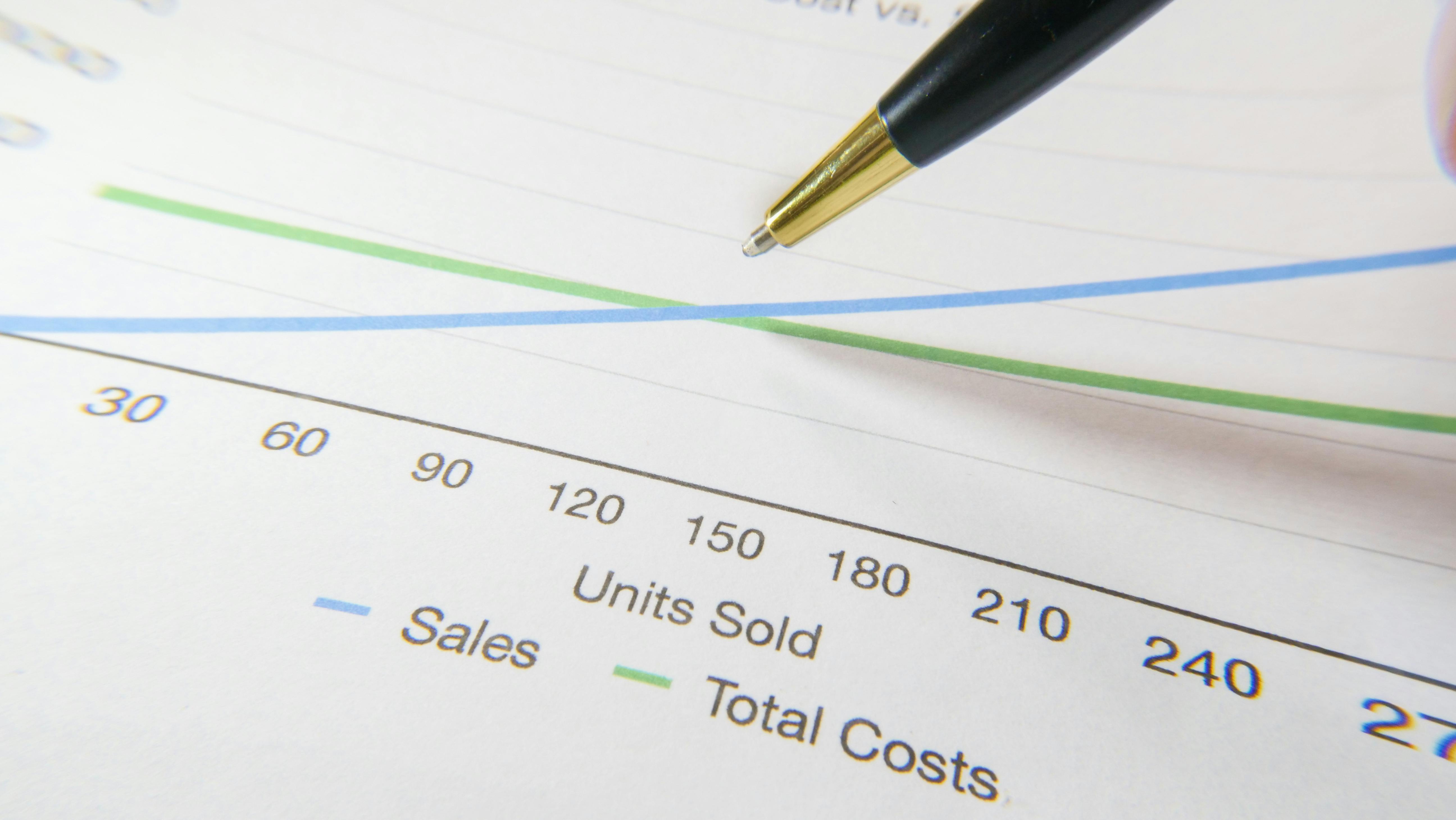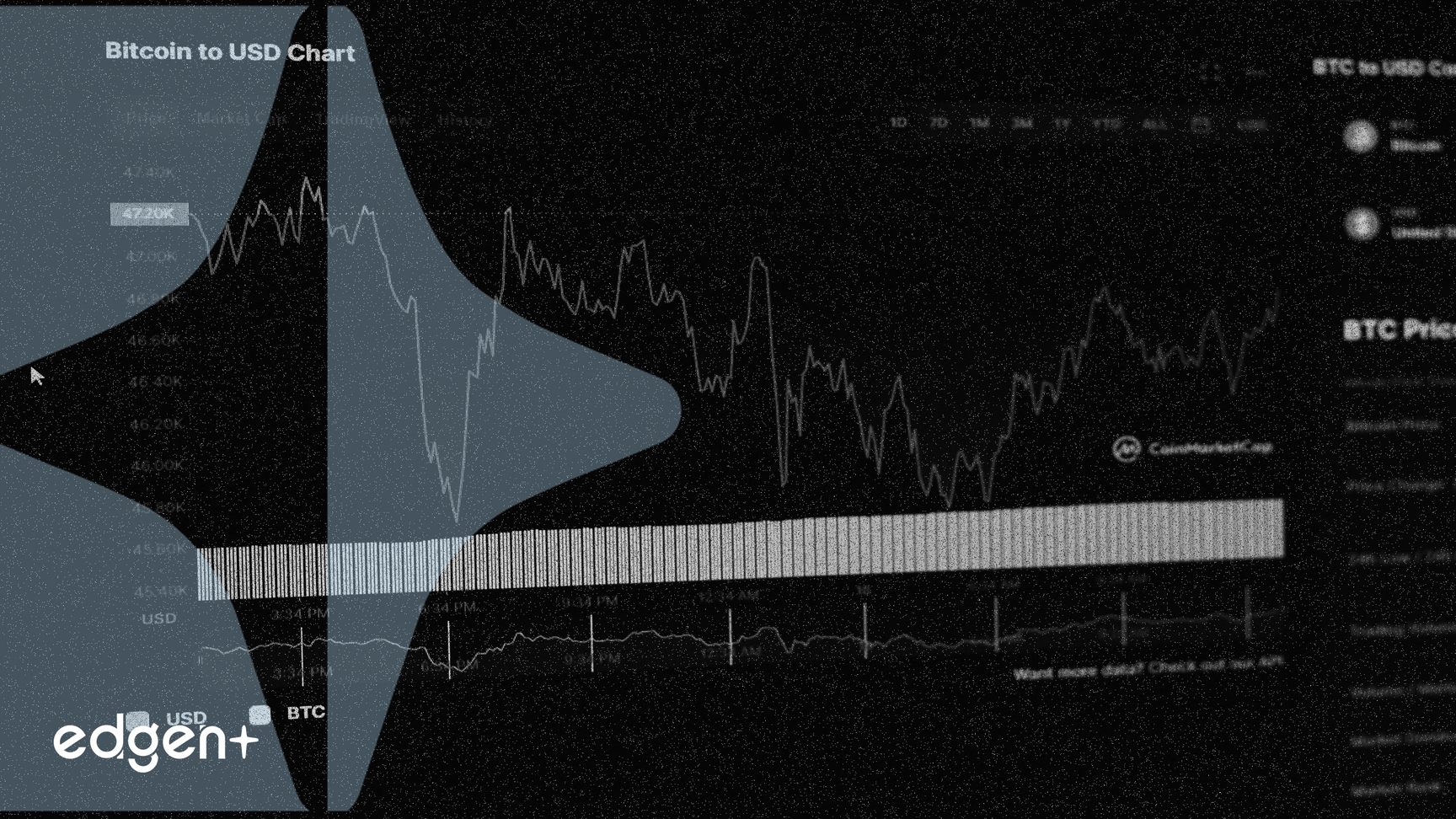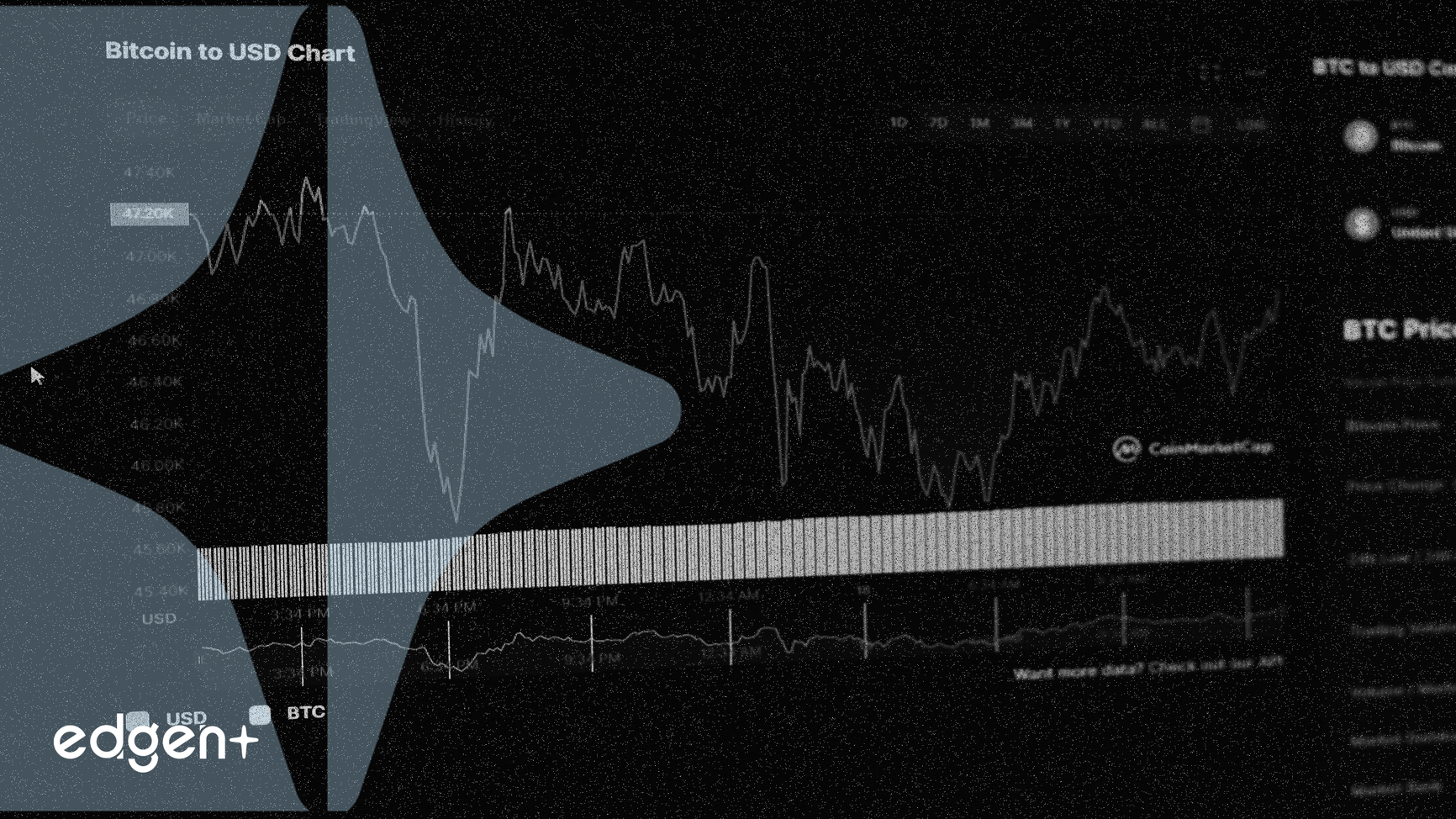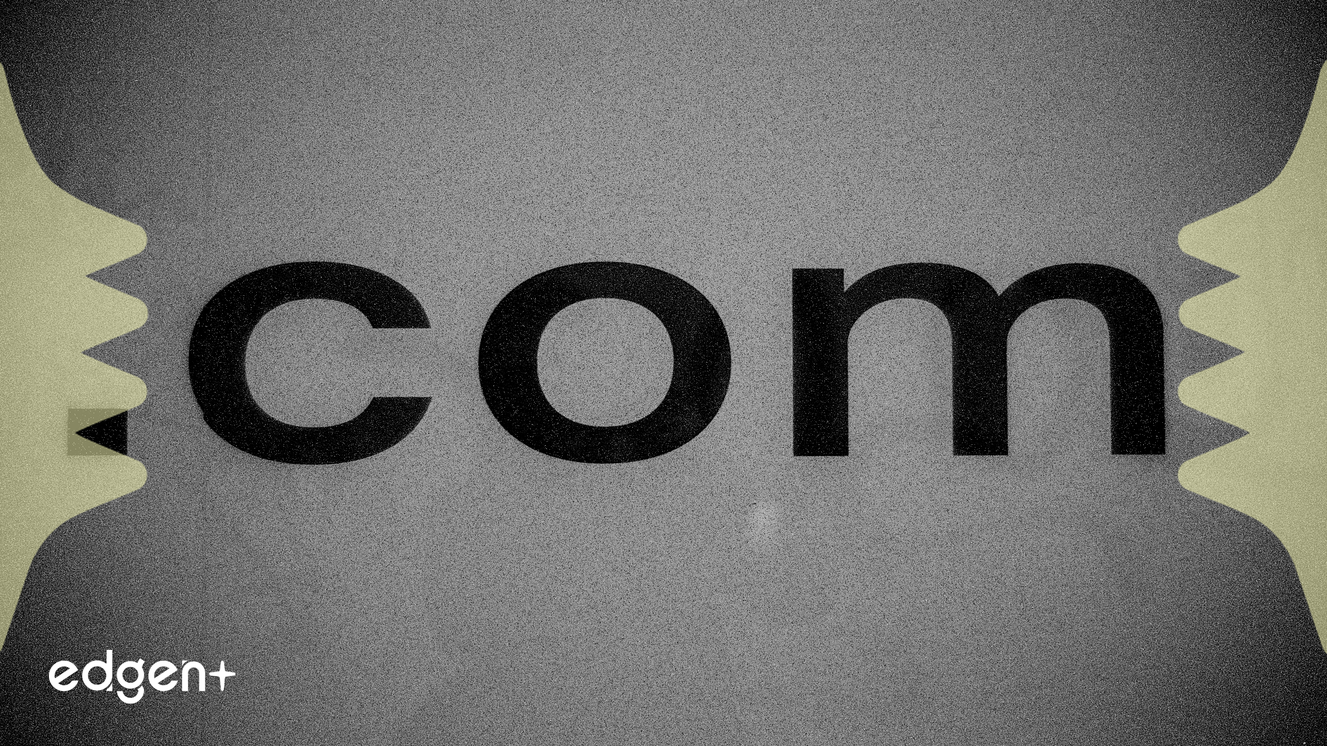The U.S. housing market is exhibiting signs of a potential correction, characterized by increasing inventories, slowing price appreciation, and reduced transaction volumes, drawing parallels to conditions observed in 2006. Elevated mortgage rates and shifts in consumer behavior are primary drivers.
U.S. Housing Market Signals Potential Correction Amid Inventory Growth
The U.S. housing market is currently exhibiting significant signs of a slowdown, characterized by rising inventories and decelerating home price growth, which are raising concerns about market stability. This shift has drawn comparisons to conditions observed in the Real Estate Sector in 2006, a period preceding a notable market correction.
The Event in Detail: Inventory Surges and Price Moderation
Recent data underscores a significant increase in housing supply. Zillow reports that housing inventory has risen by 17% year-to-date as of mid-July. For newly constructed homes, sales were down 6.6% year-over-year in June, while the number of new homes for sale increased by 8.5% over the same period. The monthly inventory of newly built homes expanded from an estimated 9.7 months to 9.8 months supply in June 2025, surpassing the 8.4-month level recorded a year prior. Overall housing inventory is up over 33% from 2024 and is projected to reach pre-pandemic levels by year-end.
Home price appreciation is also moderating. The S&P CoreLogic Case-Shiller Home Price Index showed a 2.3% annual gain in May, marking the slowest annual appreciation since mid-2023, and a decrease from 2.7% growth in April. While the index still registered a record high, the decelerating pace suggests a shift in market dynamics. Zillow projects home values to trend downward through the end of 2025, ending the year 0.9% below where they started. The median sale price for new houses in June 2025 stood at $401,800, representing a 6.9% drop from May and a 2.9% decrease year-over-year. Inflation-adjusted Case-Shiller data for 2025 indicates home prices have reached an all-time high of 299.9, significantly surpassing the 266.4 peak observed in 2006, highlighting current market unaffordability.
Existing-home sales also saw a monthly decline of 2.7% in June, with the seasonally adjusted annual sales rate at 3.93 million, down from 4.04 million in May.
Analysis of Market Reaction: Mortgage Rates and Buyer Behavior
The primary driver behind the cooling housing market is elevated mortgage rates, which have been hovering around 7% and in the upper 6% range. These higher rates make borrowing more expensive, consequently reducing the pool of prospective buyers and leading to homes lingering on the market longer. J.P. Morgan forecasts mortgage rates to ease only slightly to 6.7% by year-end 2025, suggesting continued headwinds for the sector. Fannie Mae also expects average mortgage rates to remain above 6%.
A significant contributing factor is the "lock-in effect," where over 80% of borrowers are "out-of-the-money" with current mortgage rates, disincentivizing them from selling their homes. While this effect has historically contributed to low inventory, it is now beginning to unlock, as 82.8% of homeowners currently hold rates below 6%, down from 92.7% in mid-2022. Weaker-than-expected home sales are also linked to pressure on consumer finances and a sluggish labor market.
Foreclosure activity is on the rise, with lenders initiating foreclosures on 140,006 properties nationwide in the first half of 2025, representing a 7% increase from the same period last year and a 41% increase from the first half of 2020. Serious mortgage delinquencies have risen to 0.86% of all mortgages, up from 0.70% in the fourth quarter of 2024.
In response to slowing demand, homebuilders are pulling back. New home starts fell 4.6% in June from the previous month and 10% from a year ago. Completions were down 12.5% from May to June and 15.5% compared to a year ago. This trend suggests a strategic shift among builders towards focusing on more affordable starter homes rather than luxury properties.
Broader Context and Implications: Economic Slowdown and Regional Disparities
The slowdown in the U.S. Housing Market carries significant macroeconomic implications, as housing is a major economic pillar influencing construction jobs, home improvement spending, mortgage lending, and overall consumer confidence. A sputtering housing market can create ripple effects across these interconnected sectors.
Goldman Sachs has forecasted a modest 1% growth for the final two quarters of the year, with residential investment — the amount spent on new homes, apartments, and renovations — predicted to fall 8% in the final six months of 2025, marking it as the "largest drag on growth." Concerns of a potential 2025 recession are also emerging.
Regional disparities are becoming increasingly pronounced. Sunbelt states such as Austin, San Antonio, and Tampa, which experienced rapid growth during the pandemic, are now witnessing increased supply, slowing price growth, and higher home purchase agreement cancellation rates. For instance, San Antonio saw a 22.7% cancellation rate in July 2025, Fort Lauderdale 21.3%, and Jacksonville 19.9%. Conversely, some areas in the Midwest and Northeast are maintaining lower inventory levels and increased buyer competition. Florida, Texas, and California lead the nation in active listings, with over 182,000, 123,000, and 65,000 homes for sale, respectively.
Expert Commentary: Warnings of a Precipice
Mark Zandi, chief economist at Moody's Analytics, has voiced significant concerns regarding the economic outlook.
"The U.S. economy may be closer to a recession than acknowledged, with the housing and construction sectors expected to be the first to feel the impact. A cascade of weakening job growth, rising inflation and a softening housing market could lead the country into a downturn by late 2025. While the economy is not yet in a recession, it feels like it's on the brink, it's on the precipice of this recession."
Rick Sharga, founder and CEO of CJ Patrick Company, notes that states like Florida and Texas already possess more for-sale inventory than pre-pandemic levels, coupled with weakened demand. Lawrence Yun, chief economist at the National Association of Realtors (NAR), attributes the sluggish existing-home sales to high mortgage rates "paralyzing home sales activity."
Looking Ahead: A Soft Landing Anticipated
Despite the significant headwinds, many experts believe a full housing market crash, defined as a 15-20% nationwide price decline, is unlikely in 2025. This outlook is supported by factors such as still-low overall inventory levels, substantial homeowner equity, and robust lending practices implemented since the 2008 financial crisis. Instead, a "soft landing" or a "cooling period" for the housing market is more widely anticipated.
Moving forward, key factors to monitor include the trajectory of mortgage rates, broader job growth figures, consumer spending trends, and upcoming economic reports, all of which will provide further clarity on the market's direction and its impact on the wider economy.



